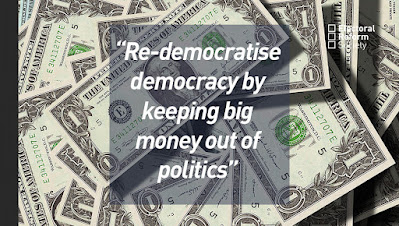Garbage of the World
Our throwaway mentality has created a pollution problem that now threatens the future of humanity itself. Plastic trash is of particular concern, as bits and pieces of plastic are mistaken for food by birds and sea animals.
Debris in the ocean also blocks sunlight from which plankton and algae sustain themselves, and this has negative implications on up the food chain as it eventually becomes micronized and winds up in some of the seafood you eat.
Inside the Garbage of the World explores how plastic trash has altered the composition of our oceans, and the impact this may eventually have on life.
 4.7 million tons of plastic ends up in our oceans each year, where wave action turns them into a plastic soup that damages sea life and marine ecosystems.
4.7 million tons of plastic ends up in our oceans each year, where wave action turns them into a plastic soup that damages sea life and marine ecosystems.The plastic to plankton ratio in the North Pacific is increasing rapidly and exponentially. Tests in 1999 found a plastic to plankton ratio of six to one. By 2007, that ratio had jumped to 36 to one. MORE >> from Dr. Mercola Newsletter, March 21, 2015



Comments
Post a Comment